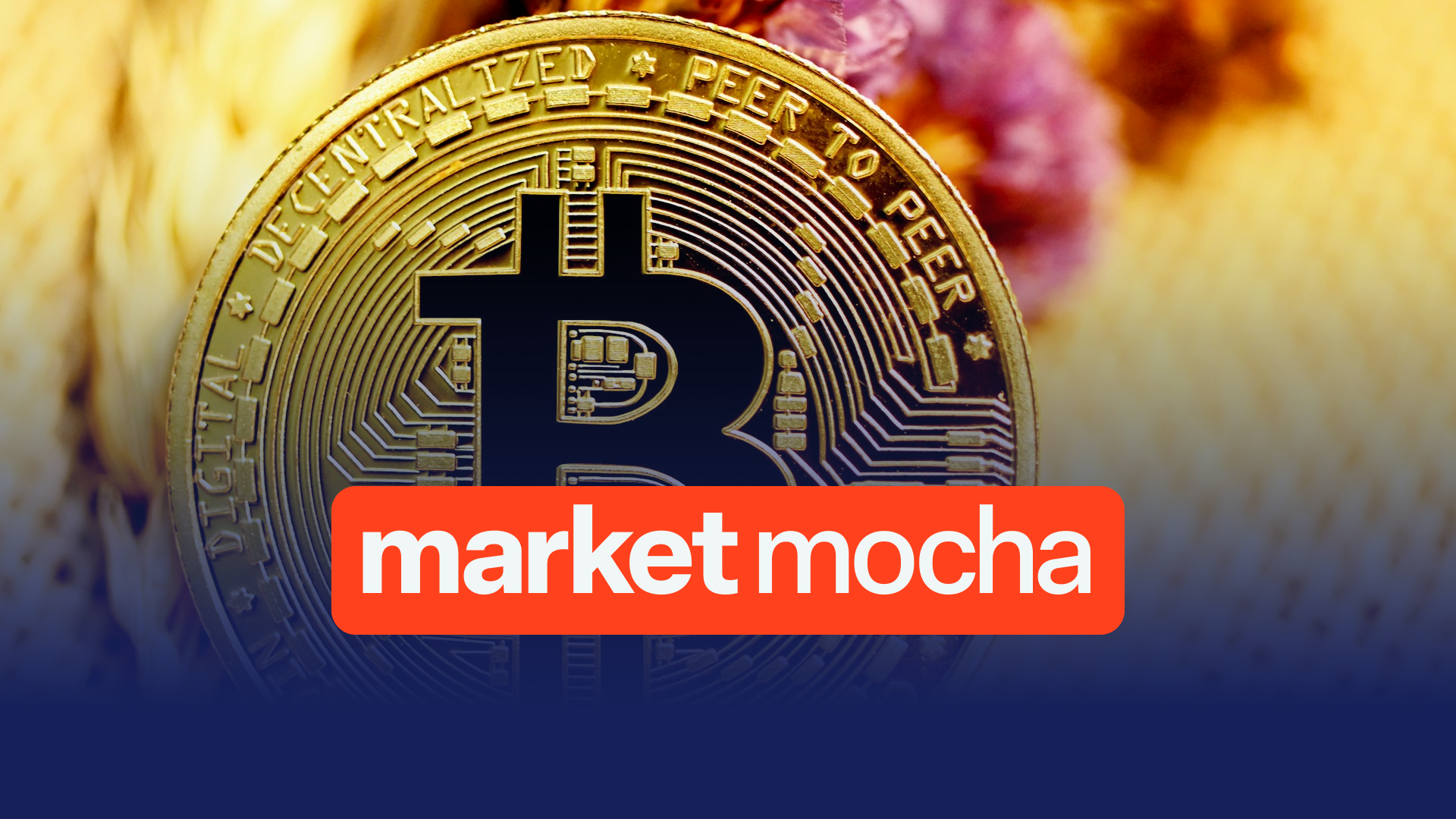Bitcoin surged past US$90,000 on Tuesday, marking its highest level since early March, as investors turned to the cryptocurrency amid rising stock market volatility, a weakening US dollar, and signs of potential de-escalation in global trade tensions.
According to CoinGecko, Bitcoin is currently trading at US$92,713.45—up more than 10% so far in April and nearly 5% over the past 24 hours. The rally has been fuelled by a convergence of factors, including a flight from traditional assets, renewed optimism in the crypto market, and geopolitical developments that have rattled global markets.
Safe haven appeal strengthens
Bitcoin’s recent rebound follows a sharp sell-off in US equities earlier in the week, triggered by renewed political pressure on Federal Reserve Chair Jerome Powell. President Donald Trump has reportedly explored whether Powell can be removed before the end of his term in 2026, raising fears of political interference in monetary policy. Though markets bounced back on Tuesday, the S&P 500 and the US dollar index are both down roughly 5% month-to-date.
Amid the turbulence, spot Bitcoin ETFs recorded US$381.4m in inflows on Monday—their largest daily inflow since January—signalling increased institutional interest. “Bitcoin continues showing signs of resilience,” said Ed Engel of Compass Point. “Its correlation with equities during macro sell-offs has historically approached 1.0, but we’re now seeing a decoupling. The 30-day correlation with the S&P is just 0.65.”
Analyst Alice Liu from CoinMarketCap noted that Bitcoin’s performance increasingly mirrors that of gold, rather than tech stocks. “BTC is rallying while risk-on assets are faltering. That’s a powerful signal of growing market confidence—especially among institutional investors looking for alternative stores of value.”
Hopes rise for tariff truce
Further buoying the rally were comments from US Treasury Secretary Scott Bessent, who said during a closed-door event that a de-escalation in the trade war with China was likely in the near future. Bessent’s remarks, later confirmed by the White House, indicated that 18 proposals are now on the table and that meetings with representatives from 34 countries are underway.
“Traditional and crypto markets alike are benefiting from perceived progress on tariff negotiations,” said Strahinja Savic of FRNT Financial. Meanwhile, altcoins joined the rally—Dogecoin rose 9% to US$0.17, and Ethereum climbed 8% to US$1,700.
However, not all trade efforts are faring well. Talks with Japan, once considered a frontrunner in the US’s “90 Deals in 90 Days” initiative, have reportedly stalled. Japanese officials criticised the tariff measures as “extremely regrettable.”
Technical outlook and next resistance levels
Chart analysts point to a key resistance level at US$88,000, which Bitcoin has now cleared. Katie Stockton of Fairlead Strategies suggests the next hurdle lies near US$95,900. While enthusiasm is high, some analysts caution that low trading volumes could make Bitcoin vulnerable without a clear catalyst—such as an interest rate cut or a formal trade agreement.
Still, speculative interest remains elevated. Bitcoin futures open interest climbed 10.8% to US$68.6bn, and total liquidations over the past 24 hours reached US$38m—most of it from short sellers caught off guard by the rally.
Bitcoin’s market cap now stands near US$1.8tn, and trading volume has surged more than 25% in a day. Though still partially correlated with equities, current trends suggest a potential decoupling could be underway.





